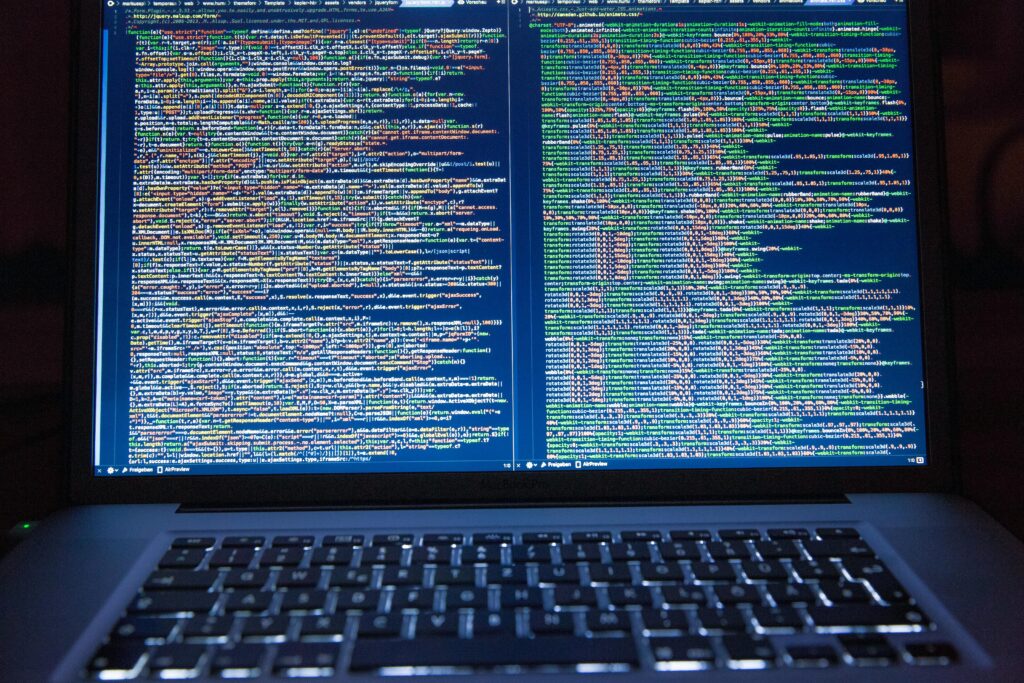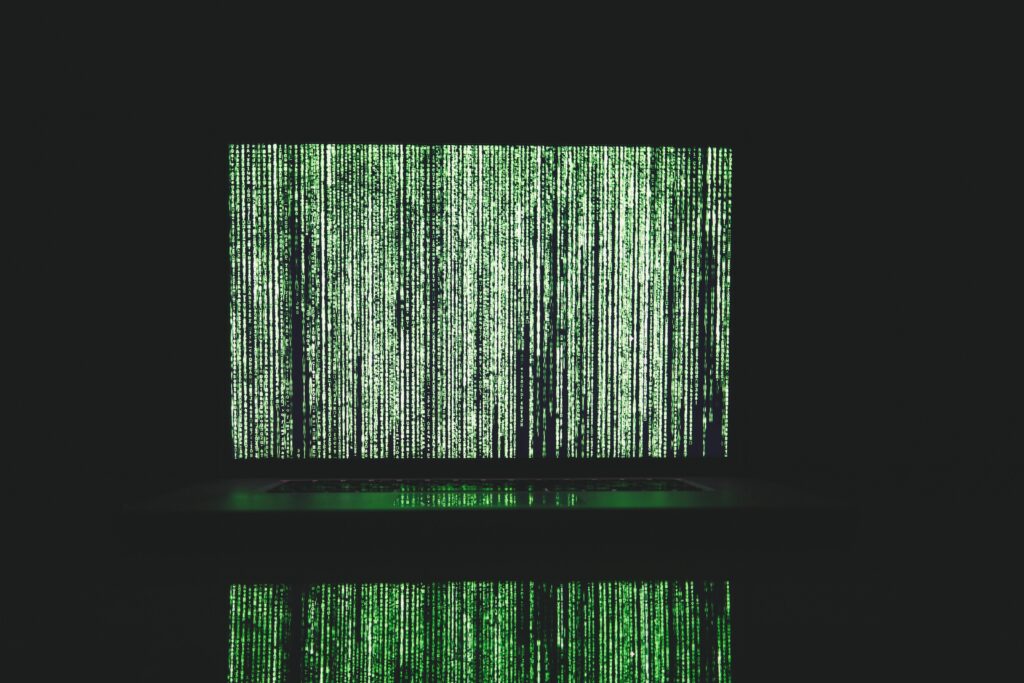Introduction: The Rise of Automated Machine Learning
The global artificial intelligence (AI) market is projected to reach $1.8 trillion by 2030, and at the heart of this revolution is Automated Machine Learning (AutoML)—a technology that automates the process of building, training, and deploying machine learning models.
With platforms like Google AutoML, DataRobot, and H2O.ai enabling non-experts to create AI models with minimal coding, a critical question emerges:
Will AutoML replace data scientists by 2030?
This in-depth article explores:
✔ What AutoML is and how it works
✔ Key advancements driving AutoML adoption
✔ Industries already disrupted by AutoML
✔ Limitations of AutoML vs. human expertise
✔ The future job market for data scientists

1. What Is AutoML?
AutoML (Automated Machine Learning) refers to tools and platforms that automate:
- Data preprocessing (cleaning, feature engineering)
- Model selection (picking the best algorithm)
- Hyperparameter tuning (optimizing model performance)
- Deployment & monitoring
🔹 How AutoML Works
- Input Data: Upload datasets (e.g., CSV, SQL tables).
- Automated Processing: AutoML handles missing values, normalization, and feature selection.
- Model Training: Tests multiple algorithms (e.g., Random Forest, Neural Networks).
- Optimization: Adjusts hyperparameters for peak accuracy.
- Deployment: Generates APIs or integrates with business tools.
🔹 Leading AutoML Platforms
| Platform | Best For | Coding Required? |
|---|---|---|
| Google AutoML | Image, text, tabular data | Minimal |
| DataRobot | Enterprise predictive analytics | No |
| H2O.ai | Open-source AutoML | Optional |
| PyCaret | Python-based rapid prototyping | Yes (light) |

2. How AutoML Is Disrupting Industries
🏦 Finance: Fraud Detection in Minutes
- JPMorgan’s COiN automates document analysis, reducing 360,000 hours of manual work annually.
- PayPal uses AutoML to detect fraudulent transactions with 99.9% accuracy.
🛒 Retail: Hyper-Personalized Marketing
- Walmart’s AI predicts demand using AutoML, optimizing inventory.
- Starbucks tailors promotions via automated customer segmentation.
🏥 Healthcare: Faster Diagnostics
- Mayo Clinic employs AutoML to predict patient readmissions.
- Butterfly Network’s AI automates ultrasound analysis.
📊 Small Businesses: Democratizing AI
- Shopify merchants use AutoML for sales forecasting—no data scientists needed.
3. Can AutoML Replace Data Scientists?

✅ Where AutoML Excels
✔ Speed: Builds models in hours vs. weeks.
✔ Cost-Efficiency: Reduces need for expensive ML engineers.
✔ Accessibility: Lets domain experts (e.g., doctors, marketers) use AI.
❌ Where AutoML Falls Short
❌ Complex Problem-Solving: Struggles with novel architectures (e.g., custom reinforcement learning).
❌ Bias & Ethics: Lacks human judgment in fairness auditing.
❌ Data Understanding: Can’t replace domain expertise (e.g., a bioinformatician interpreting genomic data).
💼 The Future of Data Science Jobs
- Low-Level Tasks: AutoML will automate data cleaning, baseline models.
- High-Level Roles: Data scientists will focus on:
- Interpreting results
- Ensuring ethical AI
- Solving unprecedented problems
Prediction: By 2030, 40% of repetitive DS tasks will be automated, but demand for senior data scientists will grow 30% (McKinsey).
4. Case Studies: AutoML vs. Human Data Scientists
✅ AutoML Wins: Salesforce’s Einstein AI
- Result: Automated lead scoring reduced manual work by 80%.
- Human Role: Sales teams now focus on strategy, not data wrangling.
❌ Human Wins: DeepMind’s AlphaFold
- Why AutoML Failed: Protein-folding required groundbreaking architecture.
- Human Touch: Scientists designed custom neural networks.
5. The Future of AutoML (2025–2030)
🚀 Next-Gen AutoML Trends
- AutoML for Generative AI: Automating LLM fine-tuning (e.g., AutoGPT-5).
- Self-Improving Models: AI that optimizes its own code.
- Quantum AutoML: Faster optimization via quantum computing.
⚠️ Risks & Ethical Concerns
- Job Displacement: Junior data scientists face the highest risk.
- Over-Reliance on Automation: May lead to model brittleness.
- Security Threats: AutoML could lower the barrier for malicious AI.

Conclusion: Augmentation, Not Replacement
AutoML won’t eliminate data scientists—but it will reshape the profession. The data scientists of 2030 will:
✔ Leverage AutoML for efficiency
✔ Focus on high-impact problems
✔ Bridge the gap between AI and business needs
The future belongs to those who embrace AI—not fear it.


